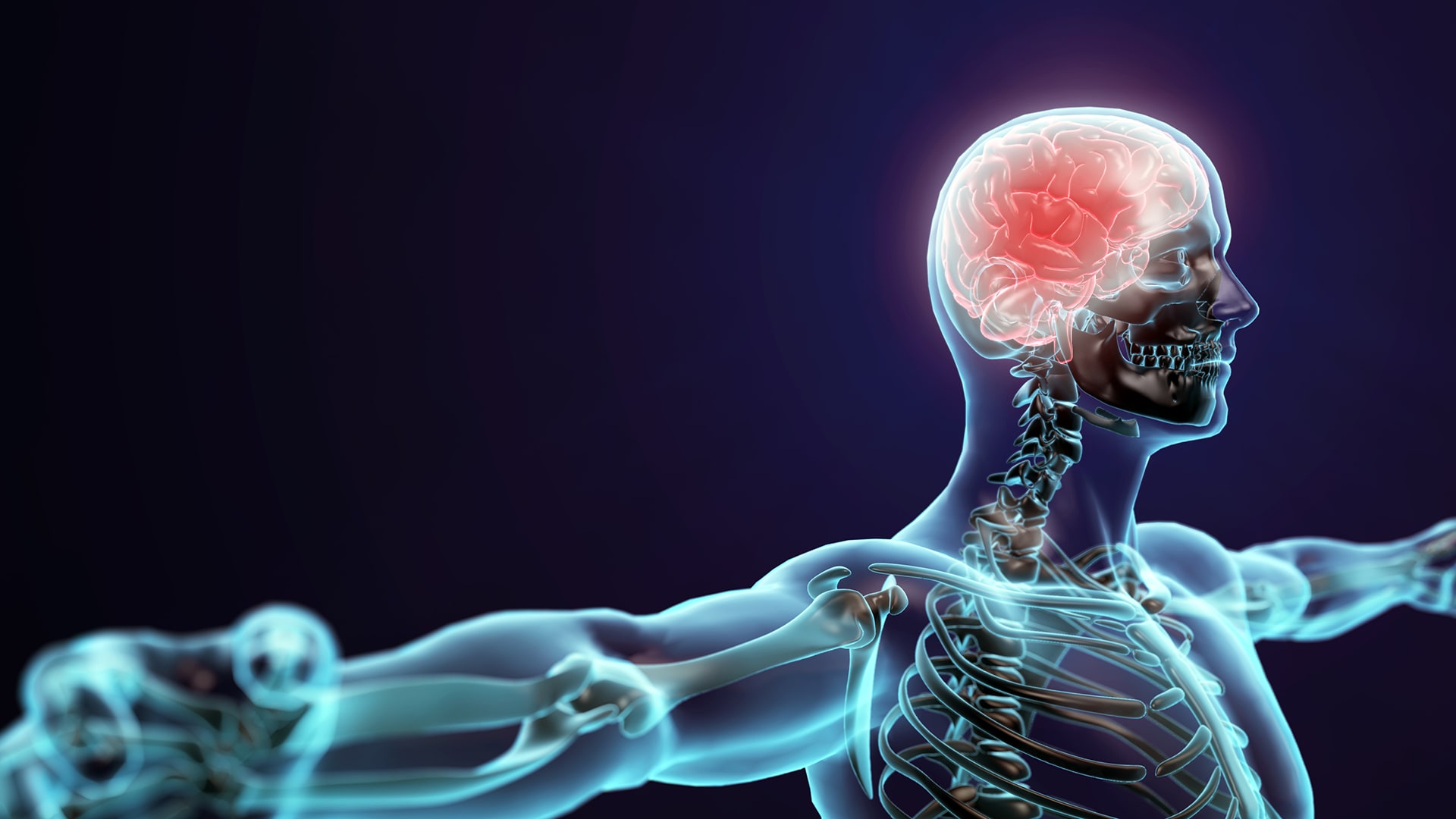
¡INTENTA ESTO! Lee los consejos sobre cómo hacerlo. Después ve a la siguiente página.

- Mantén los dos ojos abiertos -- con un ojo viendo a través del tubo y el otro viendo tu mano.
- Mantén tu mano al lado del tubo.
- Haz la prueba cambiando la distancia entre tu mano y tu ojo.
CONVERSEMOS:
¿Por qué parecía que tu mano tenía un hoyo? ¿Tienes alguna idea?
Pista…
Intenta el experimento de nuevo. Esta vez, averigua lo que ve cada ojo. Cierra un ojo y mantén el otro abierto.

EXPERIMENTO RAPIDO (PARTE 1 DE 4)
Maestro o maestra: Escoja a un estudiante para que él o ella lea estas palabras en voz alta.
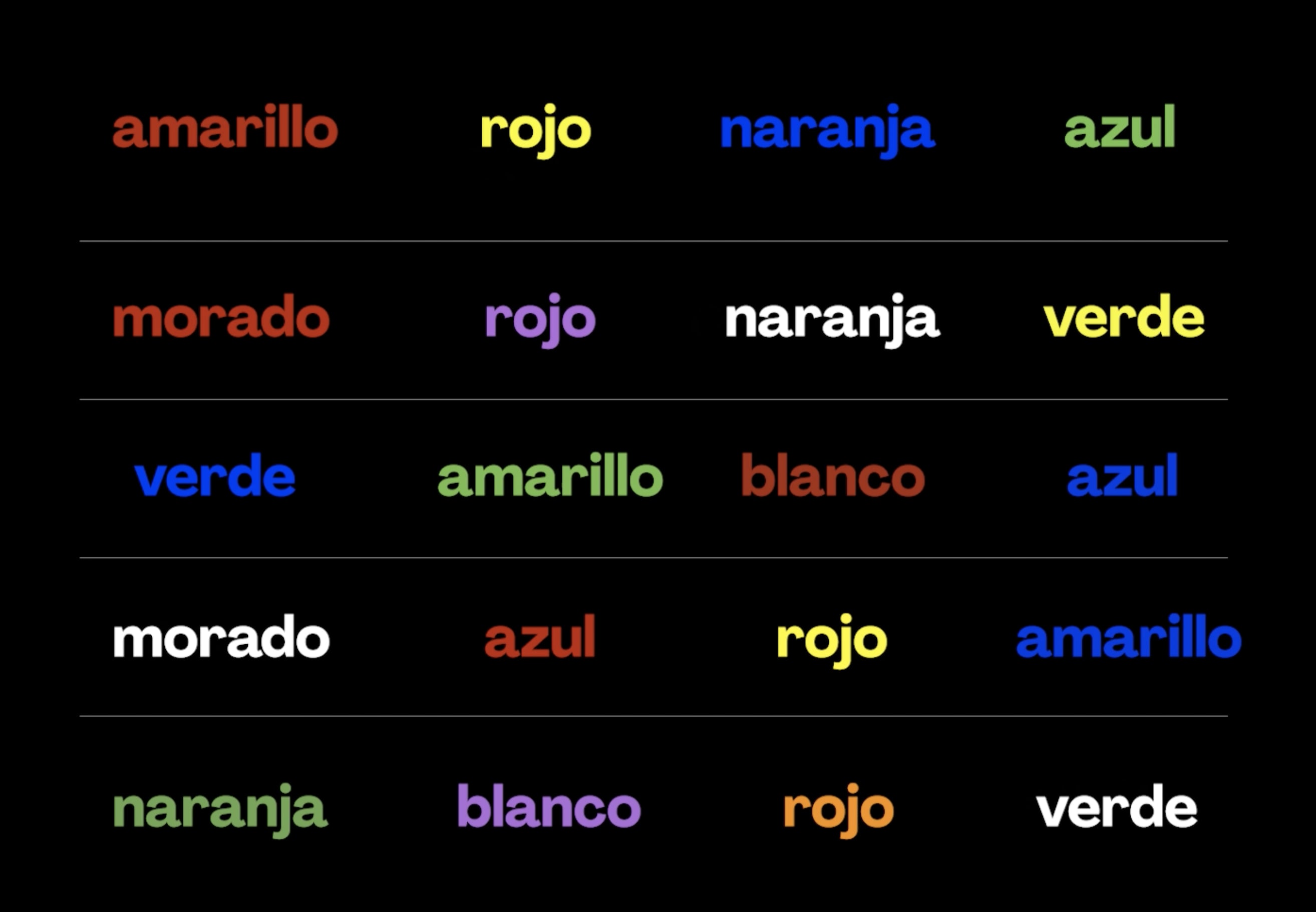
EXPERIMENTO RAPIDO (PARTE 2 DE 4)
Maestro o maestra: Haga que el mismo estudiante diga el COLOR de cada palabra en voz alta. ¿De qué se dan cuenta?

EXPERIMENTO RAPIDO (PARTE 3 DE 4)
Ahora inténtenlo todos. Formen una pareja con otro estudiante. Escucha mientras tu compañero o compañera lee las palabras en voz alta. Después cambien de rol.

EXPERIMENTO RAPIDO (PARTE 4 DE 4)
Ahora escucha mientras tu compañero o compañera dice el COLOR de cada palabra. Asegúrate de que las digan todas bien. Después cambien de rol.

CONVERSEMOS:
¿Cuál de las dos cosas fue más difícil-- leer las palabras o decir los colores?
¿Por qué crees que fue tan difícil?



01/10
Decidan quién será el Lanzador y quién será el Atrapador.

02/10

03/10
otra muestra centímetros.

04/10
Lanzador: sostendrás la regla y luego la soltarás.
Atrapador: trata de atraparla.

05/10

06/10
atraparla para que puedas ver en qué número quedaron tus dedos.

07/10
Lanzador: escríbelo en su hoja de trabajo.

08/10
otra persona haga sus tres pruebas.

09/10
está en la parte de abajo de tu hoja.

10/10

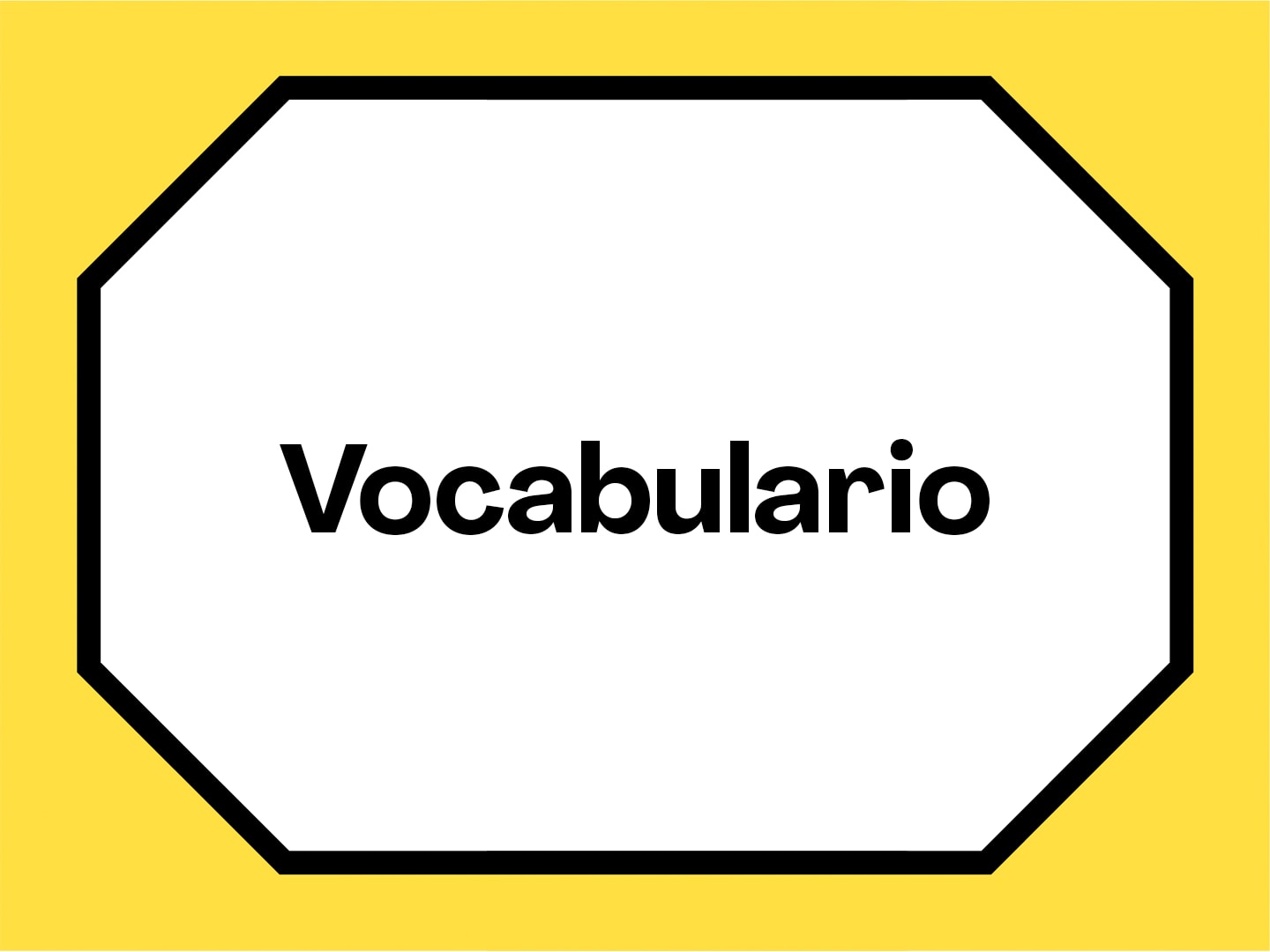

músculo

cerebro
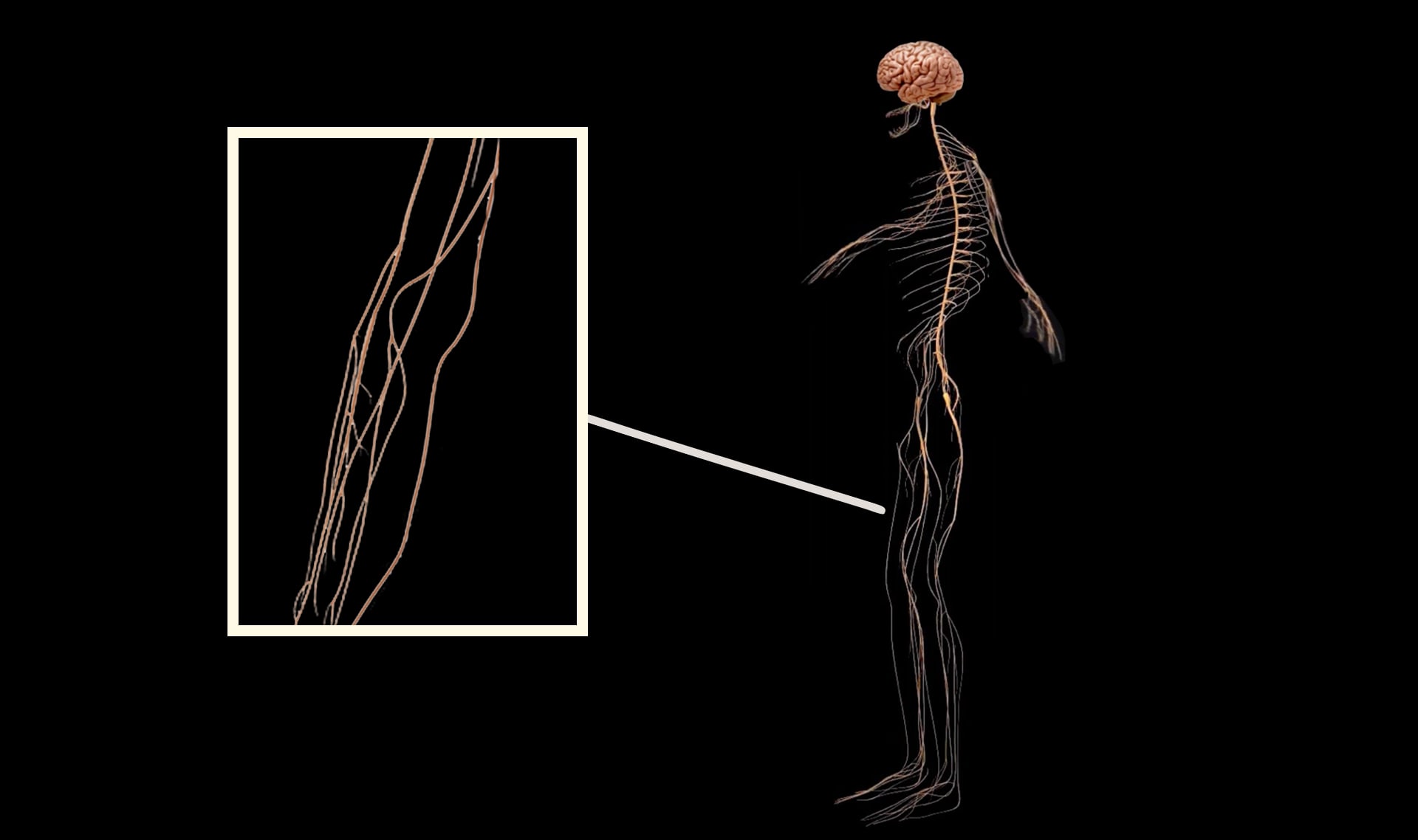
nervios

nervios sensitivos
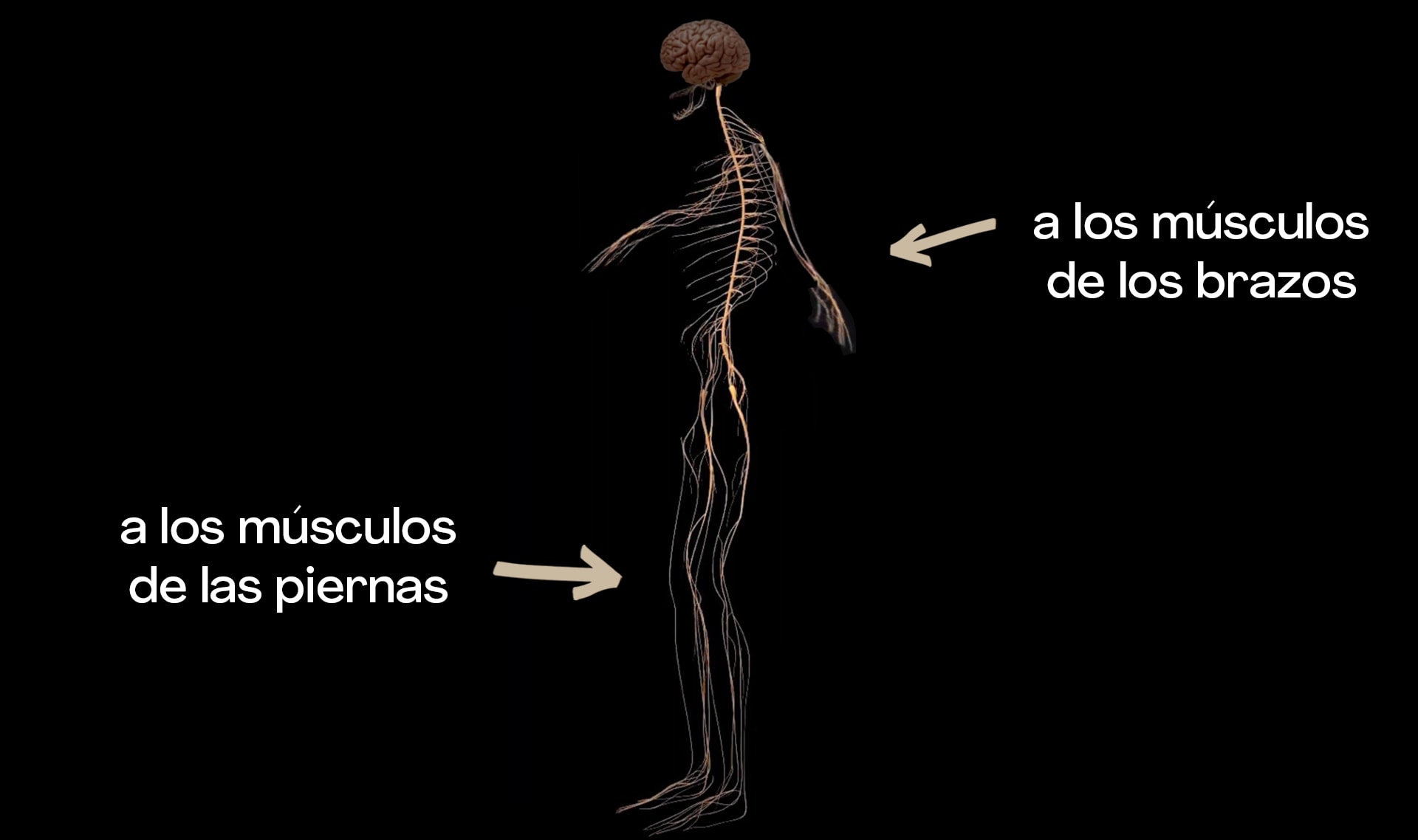
nervios motores

sistema nervioso

ilusión óptica

experimento

